5 Little-Known Factors That Could Affect Customer Activation
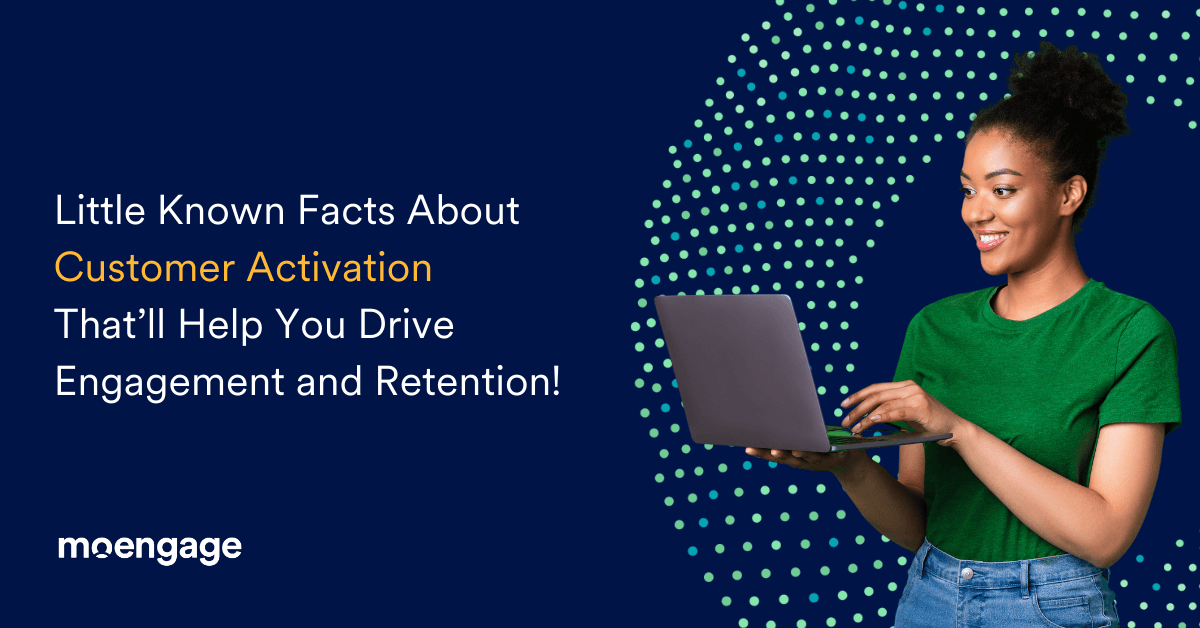
Customer activation contains a series of micro-moments in the customer lifecycle that lead to the “aha” moment of your product or service.
We’ve all experienced it at some point; you get a walkthrough upon downloading an app, or new accounts get a promo code for their first purchase. Such interactions offer a nudge that keeps us moving through the customer journey. It prevents any loss of interest or disengagement. For this reason, businesses develop customer activation strategies to kickstart customer journeys and see them to fruitful conclusions.
Read on to learn how you can develop a solid customer activation plan.
5 Factors That Influence Customer Activation
Customer activation is possible only when you know your customers intimately enough to identify their pain points, motivations, and inhibitions. Capitalizing on such opportunities allows you to win over new customers and optimize the customer lifecycle. Here are five such factors that can help you gain insights into the customer mindset:
1.) Buyer Personas
Buyer personas are research and data-based character sketches of your ideal customer. It represents a section of your audience that promises maximum customer lifetime value – the section that you must target for meaningful and rewarding customer relationships.
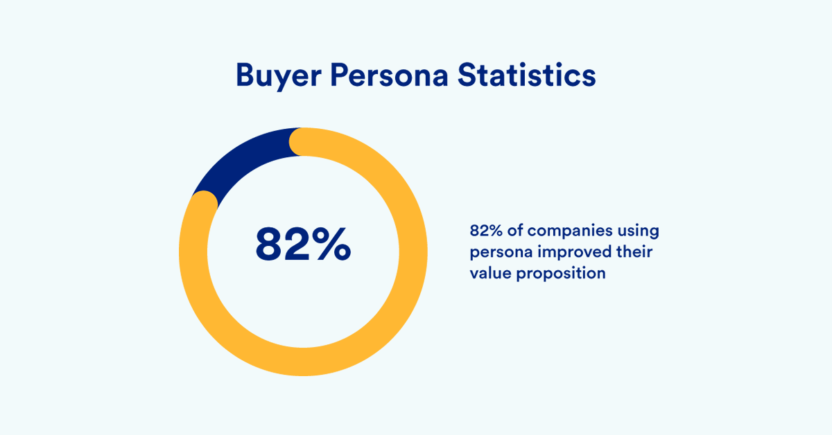
You can create buyer personas by interviewing your existing customers. Ask the existing customer what pushed them to transact with you. Carry out a similar exercise with prospective customers to understand their motivations and expectations.
Compile and analyze all the customer data and inputs to identify commonalities based on variables like age, gender, location, etc. This will tie together a distinct cohort, aka buyer persona, which you can segment for personalization.
Depending on your product or service and industry, you may have multiple (yet unique) templates for buyer personas.
2.) Online Behavior and Activities
Measuring customers’ online behavior adds a new dimension to buyer personas. It helps you visualize customers beyond demographic details. Monitoring online behavior and activities sheds light on customer interests, preferences, and, in some cases, emotions. The resulting insights from rich customer data enable businesses to predict any future events or realign marketing efforts.
For instance, if the overall engagement on social media is high, you should probably focus your energy on beefing up your social media marketing campaigns. On the flip side, climbing unsubscription rates would be a good indication to examine your email marketing strategy and find points of contention.
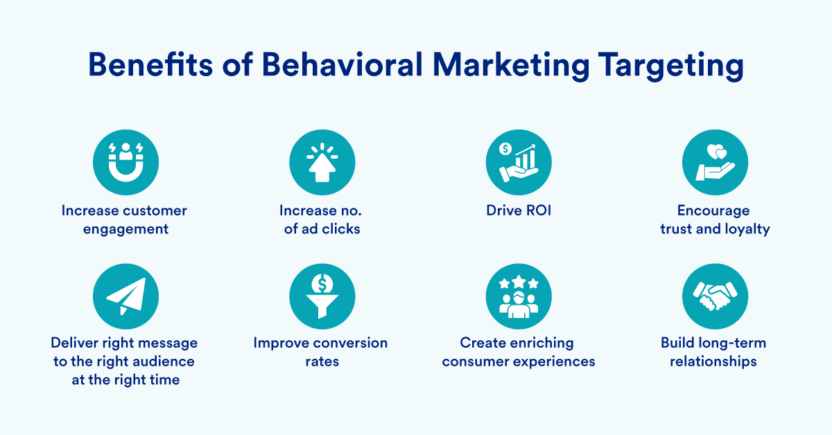
In simpler terms, customer behaviors take away any guesswork in your marketing strategy as you have a deeper understanding of your customers, their preferences, and requirements. As a result, it streamlines customer activation.
3.) Customer Journey Maps
Customer journey maps illustrate progress through the many stages of the customer lifecycle. It offers a high-level view of how a customer experiences your brand by capturing their sentiments and interactions across various stages, touchpoints, and channels.
As a result, businesses can identify bottlenecks or unrealized opportunities to keep customers moving toward the ultimate goal – loyalty and advocacy.
| Did You Know? While 30% of organizations have developed customer journey maps, they struggle to use them effectively! |
4.) Customer Stage
The customer stage is a fundamental unit of the customer journey. It depicts where the customer stands on the customer journey map. You can broadly classify the customer stages into five categories:
- Prospective Customers: They correspond to the awareness stage, where potential customers are yet to gain awareness of your brand, products, or services.
- One-Time Customer: These are customers who have converted by crossing the threshold of a one-time purchase.
- Lapsed Customers: Such customers are on the brink of churn as they have stopped purchasing from you.
- Repeat Customer: They are customers who have made multiple purchases from you and are ready to do so again.
- Loyal Customers: A loyal customer has stuck with you for the longest time. They not only repeatedly buy from you but also recommend your brand to others.
5.) Retargeting Campaigns
Retargeting campaigns are last-ditch marketing efforts to win back lapsed or inactive customers.
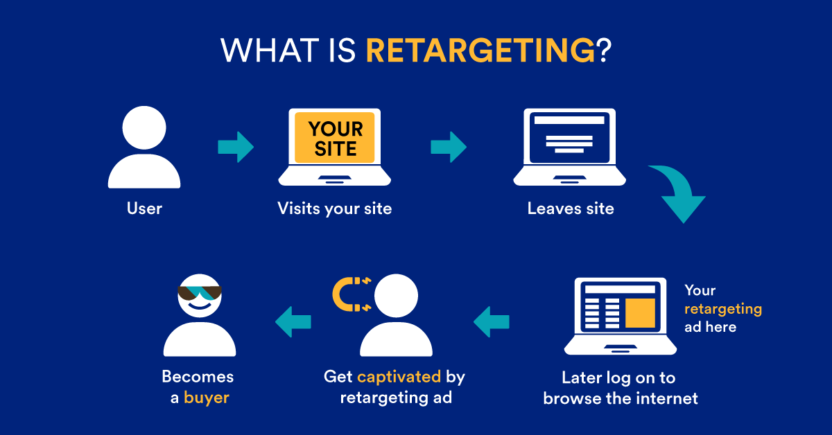
Re-engaging such customers also counts as activation, as you are effectively bringing idle customers out of dormancy and nudging them back into an active customer lifecycle. Retaining existing customers is also more profitable, as customer acquisition typically costs 5x to 25x more!
Not to forget that loyal customers spend 31% more and are 50% more likely to try out new products. In short, retargeting campaigns are integral to a customer activation strategy.
All you need to do is identify the right customer engagement strategy, and you can encourage them to interact with your brand, make purchases, and add to your company’s revenue.
6 Tips for Crafting an Effective Customer Activation Strategy
Here are a few tips to supercharge your customer activation strategies:
1.) Simplify Customer Activation
Whether you are designing a new customer activation strategy or rebuilding an existing one, your primary goal should be to minimize friction.
After all, your customers are not going through extra measures in their pursuit of value. Since value is the heart of every engaging customer relationship, losing value propositions can cause a loss of interest and drop-offs.
Build a cohesive and omnichannel customer activation strategy that makes it easier for customers to reach their goals. Here’s how Vidyard manages to keep customers hooked by offering more value:
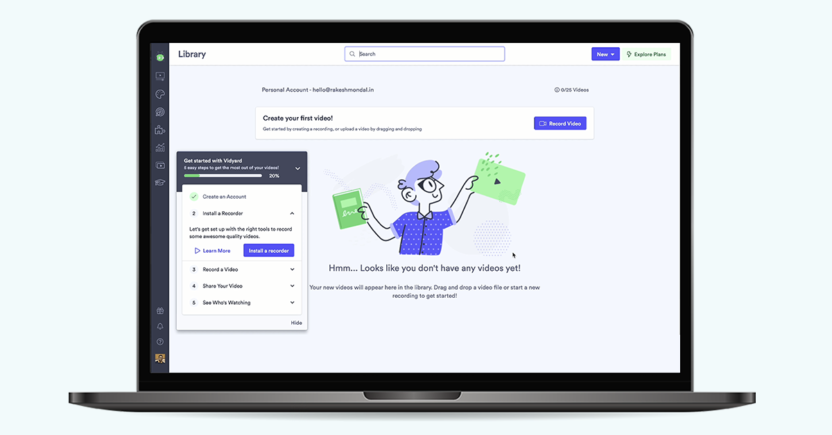
2.) Celebrate Customer Activation Milestones
It is not feasible to reward every task or activity completed, but you can identify the key milestones in a customer journey and map it to a comparable incentive. For instance, Uber considers customers activated after five rides, which is why new customers get the first five rides free!
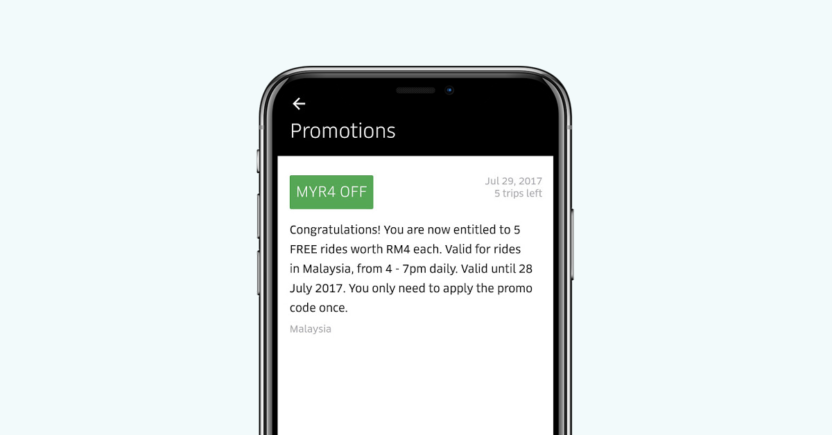
Whether it is a coupon on initial registration or a rewarding loyalty program, leave a positive impact by acknowledging every milestone. Extra points if you manage to personalize the rewards depending on the buyer’s interests.
3.) Gamify to Drive Engagement
About 89% of users would spend more time on an app or software due to game elements. Not only that, gamification can increase motivation by 83% and reduce boredom by 10%!
Gamification is a hack to peak engagement, which is why it must be incorporated into a customer activation strategy. Gamification creates a hook that causes customers to make consistent use of your products and services. Customers are eager to reach the next milestone, which drives engagement and has a habit-forming effect.
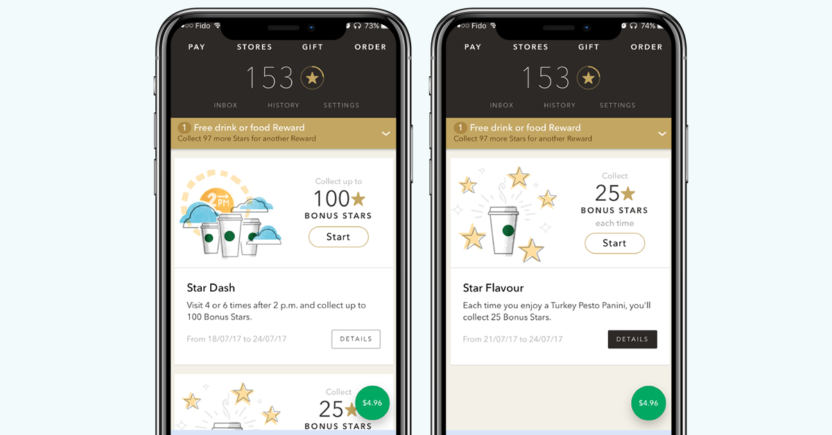
Starbucks Rewards offers “Stars” in proportion to the customer’s order value. They can then rack up these Stars and trade them for free drinks, dessert, or snacks. The fact that Starbucks launched this program back in 2008 and it continues to stay successful is a testament to how gamification is timeless and effective.
4.) Personalize the Customer Journey
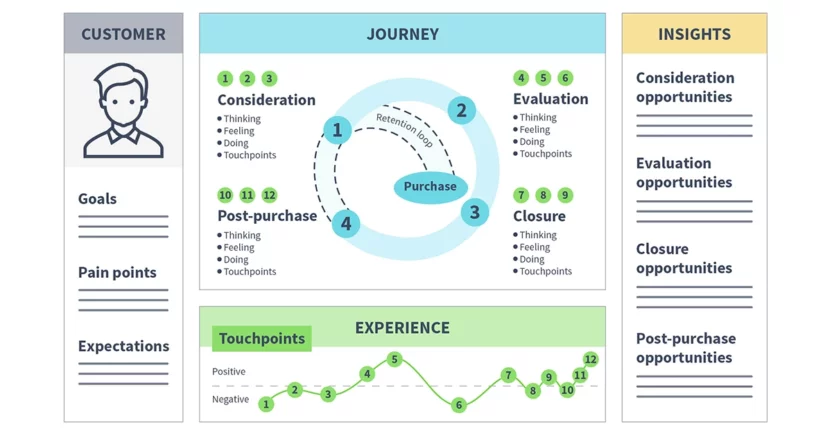
91% of consumers are more likely to purchase from brands offering a personalized customer experience. And when it comes to something as personal as customer activation, the value proposition can be highly subjective depending on buyer personas, preferences, online behavior, and more. For instance, a price-sensitive customer will value a good deal; however, an impulsive shopper is more likely to activate when you dip into their FOMO.
Businesses should tailor the customer journey, be it through personalized marketing messages, relevant content, onboarding, support, or anything in between! Such personalization will improve the effectiveness of any strategy or campaign.
5.) Use Customer Triggers
Businesses that understand customer triggers can use this knowledge to activate customers. These triggers typically align with your buyer personas. For instance, younger demographics are socially motivated, which is why companies must build their marketing efforts carefully around meaningful causes to evoke an emotional response. Such a strategy can contribute to brand building and foster customer loyalty.
For instance, cosmetics and skincare brand The Body Shop started a #ForeverAgainstAnimalTesting campaign on social media channels like Twitter, that earned them 8M+ signatures on a petition to ban animal testing. Here’s a tweet from their campaign:
Basically, identify what resonates with your customers, and use it to activate them.
6.) Seek Aid from a Customer Engagement Platform
Technology is one of the greatest enablers of a successful customer activation plan in this digital age. This means that businesses must invest in the right tools and platforms to leverage its many benefits. Out of the various elements in your tech stack, a Customer Engagement Platform (CEP) can be instrumental in activating customers.
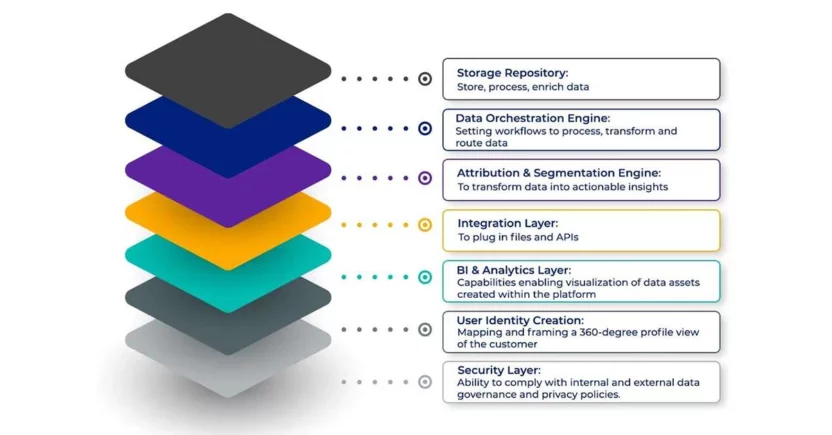
For starters, a CEP centralizes customer information and makes it accessible to all stakeholders. This destroys any organizational silos.
At the same time, it generates data-backed insights to power customer activation strategies based on buyer persona. Doing so lends a personalized touch to customer activation and improves its efficacy.
Further, it acts as a hub for customer interactions, allowing businesses to go omnichannel despite the many customer touchpoints. Finally, it allows automation, which imparts scalability to all your customer activation efforts.
The culmination of all these effects will maximize the customer’s lifecycle.
In Conclusion
Simple conversion is not the end goal of an ambitious business. Its primary objective revolves around increasing the customer’s lifecycle by cultivating a symbiotic relationship resting on the foundations of engagement.
You want your customers to make the most of your products or services and earn their loyalty in return. A customer activation strategy can contribute to this endeavor and ease potential and current customers in the insights-led engagement flywheel.
So, take your businesses to the next level by pushing customers to the next stage through customer activation!












